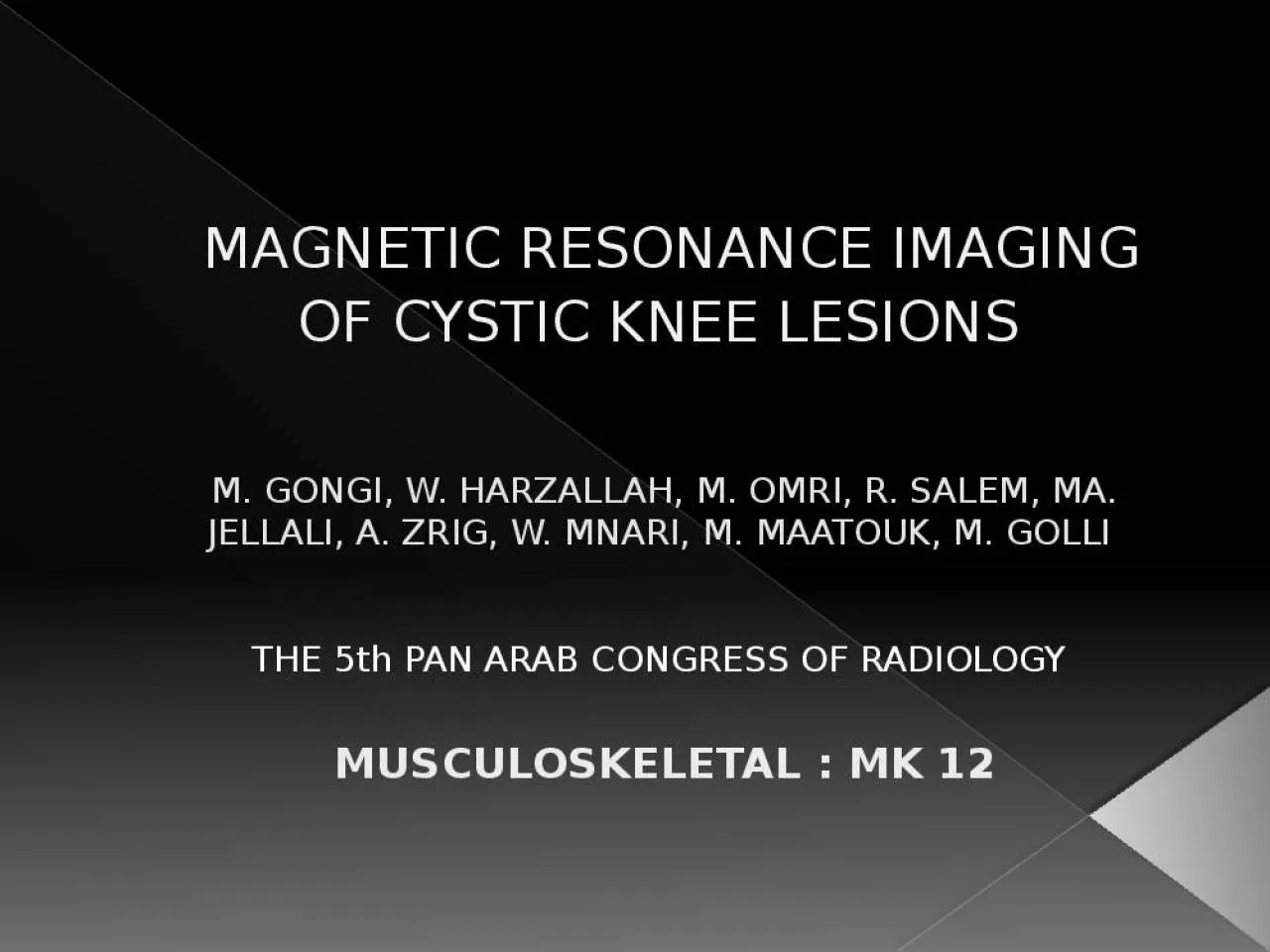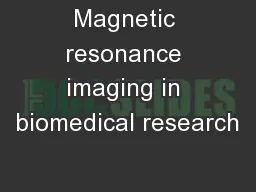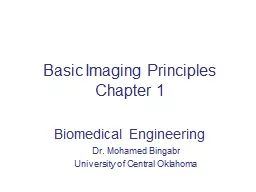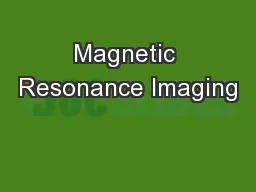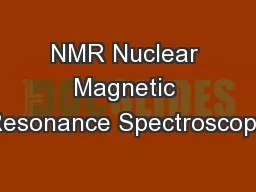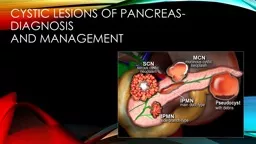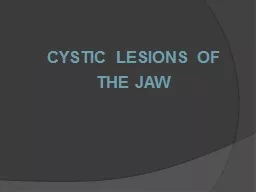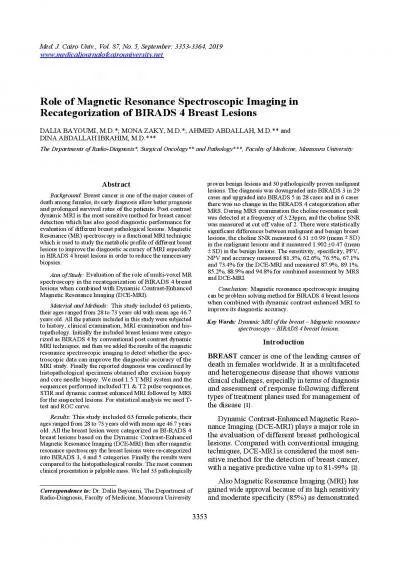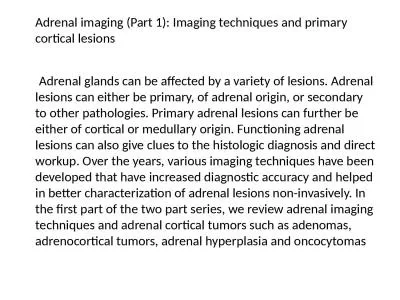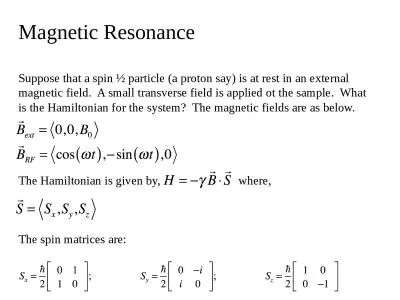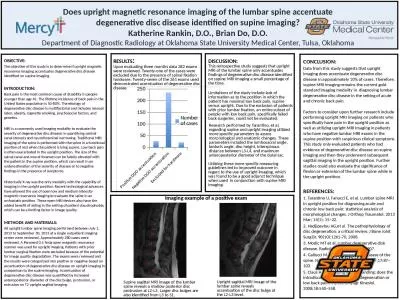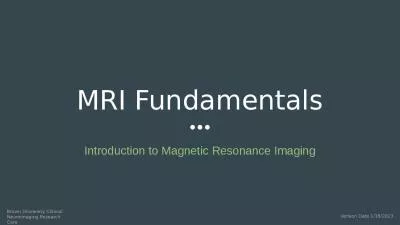PPT- MAGNETIC RESONANCE IMAGING OF CYSTIC KNEE LESIONS
Author : anastasia | Published Date : 2022-05-18
M GONGI W HARZALLAH M OMRI R SALEM MA JELLALI A ZRIG W MNARI M MAATOUK M GOLLI THE 5th PAN ARAB CONGRESS OF RADIOLOGY MUSCULOSKELETAL MK 12 INTRODUCTION
Presentation Embed Code
Download Presentation
Download Presentation The PPT/PDF document " MAGNETIC RESONANCE IMAGING OF CYSTIC ..." is the property of its rightful owner. Permission is granted to download and print the materials on this website for personal, non-commercial use only, and to display it on your personal computer provided you do not modify the materials and that you retain all copyright notices contained in the materials. By downloading content from our website, you accept the terms of this agreement.
MAGNETIC RESONANCE IMAGING OF CYSTIC KNEE LESIONS: Transcript
Download Rules Of Document
" MAGNETIC RESONANCE IMAGING OF CYSTIC KNEE LESIONS"The content belongs to its owner. You may download and print it for personal use, without modification, and keep all copyright notices. By downloading, you agree to these terms.
Related Documents

